House’s Descriptive Inorganic Chemistry, 3rd Edition, provides thoroughly updated coverage of the reactions, synthesis, and properties of elements and inorganic compounds. Ideal for the 1-semester (ACS-recommended) sophomore or junior level course in descriptive inorganic chemistry, this resource offers a readable and engaging survey of the broad spectrum of topics that deal with the properties, preparation, and use of inorganic materials.
Using rich graphics to enhance content and maximize learning, the PDF ebook covers the chemical behavior of the elements, coordination chemistry, acid-base chemistry, organometallic compounds, and numerous other topics to provide a coherent treatment of the field. The etextbook pays special attention to key subjects such as chemical bonding and Buckminster Fullerenes, and includes new and expanded coverage of active areas of research, such as bioinorganic chemistry, redox chemistry, nanostructures, green chemistry, and more.
- Connects key topics to real world industrial applications, such as in the area of nanostructures
- Highlights the Earth’s crust as the source of most inorganic compounds and explains the transformations of those compounds into useful products
- Includes expanded coverage on bioinorganic chemistry, green chemistry, superacids, redox chemistry, catalysis, and other areas of recent development
- Provides a coherent treatment of the field, covering the chemical behavior of the elements, acid-base chemistry, coordination chemistry, and organometallic compounds
Reviews
“Each chapter is well referenced and includes plenty of nice homework problems…for those advanced chem students who have completed calculus and physics this would be an excellent resource for obtaining a thorough coverage of inorganic chemistry…Summing Up: Highly recommended.” — CHOICE, August 2013
“In a textbook for a 1-semester upper-level introductory course in inorganic chemistry, House…selects topics to provide essential information in the major areas of the field such as atomic and molecular structure, coordination chemistry, acid-base chemistry and solvents,condensed phases, ligand field theory, and solid-state chemistry.” — Reference and Research Book News, February 2013

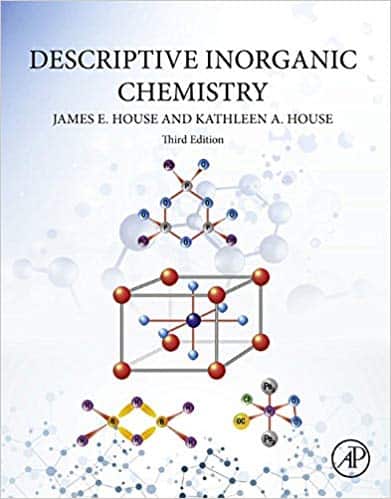
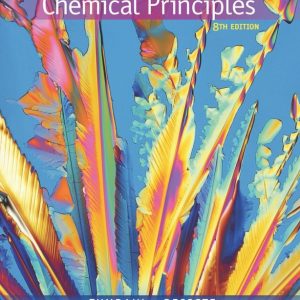
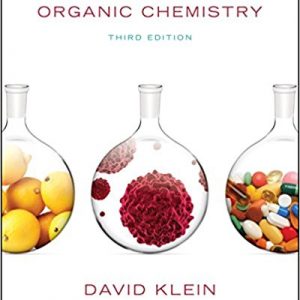
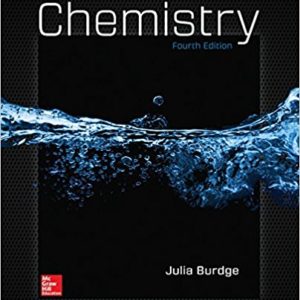
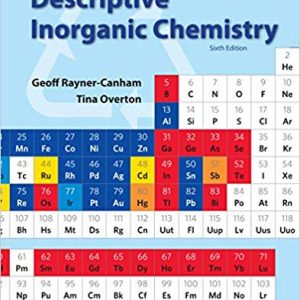
Reviews
There are no reviews yet.